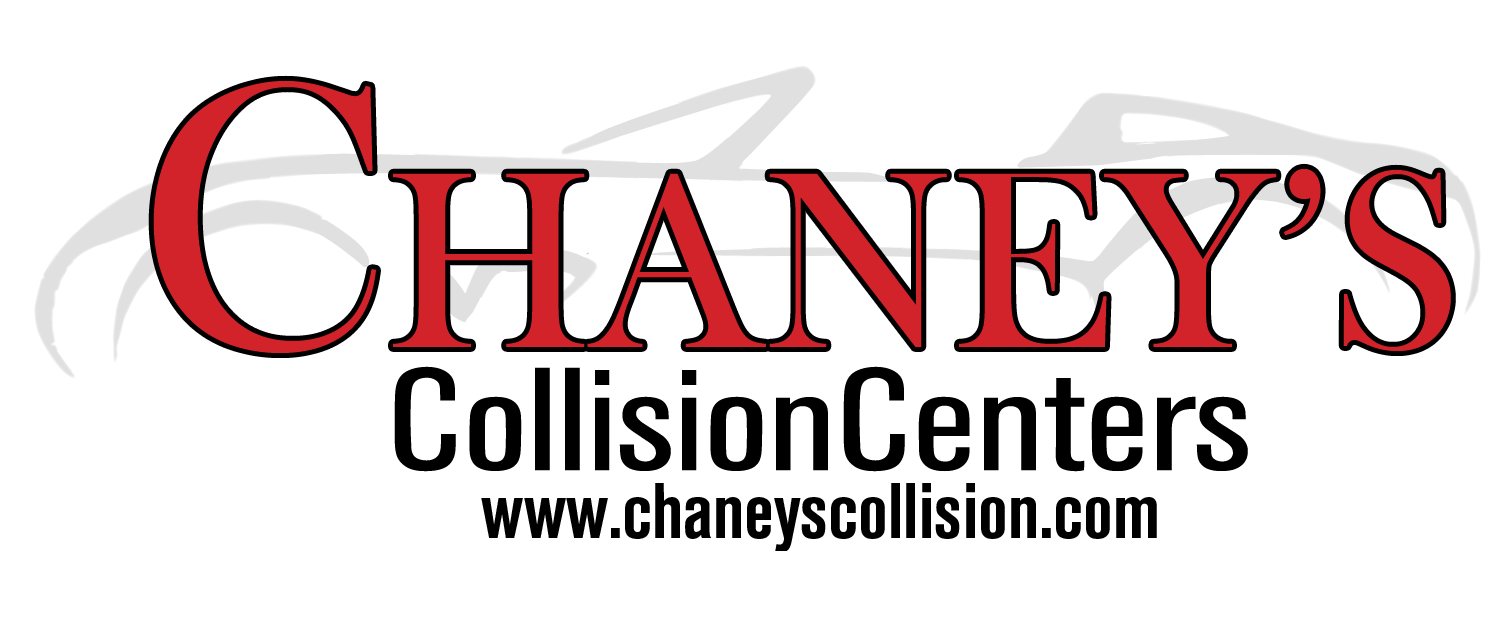Steps to Ensure Your Towing Needs are Covered Post-Collision
 After a collision, managing the aftermath can be overwhelming, especially when it involves dealing with vehicle recovery and towing. Ensuring your towing needs are covered efficiently not only helps mitigate further damage to your vehicle but also simplifies the repair process. This article outlines the essential steps you should take following an accident to guarantee that your towing needs are effectively managed and covered, whether through insurance or other means.
After a collision, managing the aftermath can be overwhelming, especially when it involves dealing with vehicle recovery and towing. Ensuring your towing needs are covered efficiently not only helps mitigate further damage to your vehicle but also simplifies the repair process. This article outlines the essential steps you should take following an accident to guarantee that your towing needs are effectively managed and covered, whether through insurance or other means.
Understand Your Insurance Coverage
Review Your Policy in Advance
Ideally, you should understand the details of your car insurance policy before an accident occurs. Determine if towing services are covered following a collision and the extent of this coverage. This includes knowing any limitations on towing distance, the allowable cost, and the number of tows covered annually.
Keep Insurance Information Accessible
Store your insurance information in an easily accessible place, such as your glove compartment or a digital app on your phone. Immediate access to this information can expedite the towing process and interactions with law enforcement at the scene of an accident.
Contact Your Insurance Promptly
Immediately after ensuring everyone’s safety and assessing the situation, contact your insurance provider. They can confirm your coverage details and may be able to dispatch a tow truck from a verified provider directly, which helps streamline the process and ensures that you receive a service that is covered under your policy.
Choosing a Towing Service
Select a Reputable Service
If you need to choose a towing service independently, opt for a reputable company. This can be one recommended by your insurance company, or you might look for online reviews or ask for recommendations from friends or family. Trusted service providers are more likely to handle your vehicle correctly and charge fairly.
Verify Towing Practices
Before you agree to use a towing service, verify that they employ proper towing practices suitable for your vehicle type. This is especially important for vehicles requiring flatbed towing to avoid further damage.
Discuss Fees and Payment
Clear communication about fees and payment methods upfront can prevent surprises later. Ensure the towing company explains their rates, including any potential additional charges like storage or after-hours service fees.
Coordinating with Repair Facilities
Direct Tow to a Preferred Repair Shop
If possible, have your vehicle towed directly to a repair shop of your choice. This can save time and potentially money on storage fees. However, confirm that the repair shop can accept your vehicle upon arrival, especially outside of normal business hours.
Coordinate with Your Repair Facility
Inform your chosen repair facility of your vehicle’s condition and expected arrival time. This coordination helps them prepare for your vehicle’s assessment and repair, ensuring a smoother process from towing to repair.
Keep Records of All Transactions
Maintain thorough records of all interactions, receipts, and transactions related to the towing service. This documentation is crucial for insurance claims and any disputes that may arise. It’s also helpful for your personal records and future reference.
Conclusion
Effectively managing your towing needs after a collision is a critical component of your post-accident actions. By understanding your insurance coverage, selecting a reliable towing service, and coordinating closely with your repair facility, you can ensure that your vehicle is handled safely and efficiently. This not only aids in a smoother repair process but also helps in managing the stress associated with vehicle recovery after an accident.
